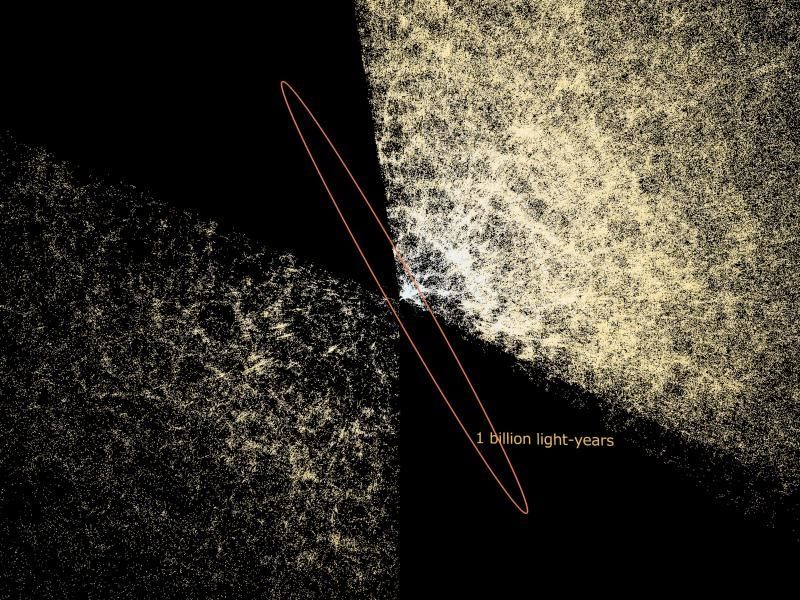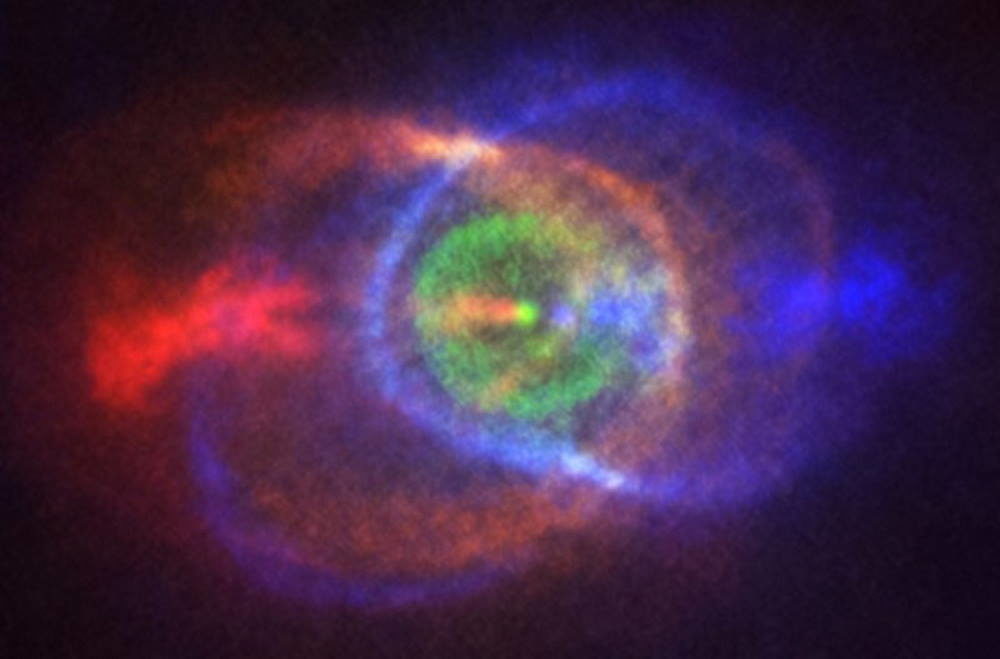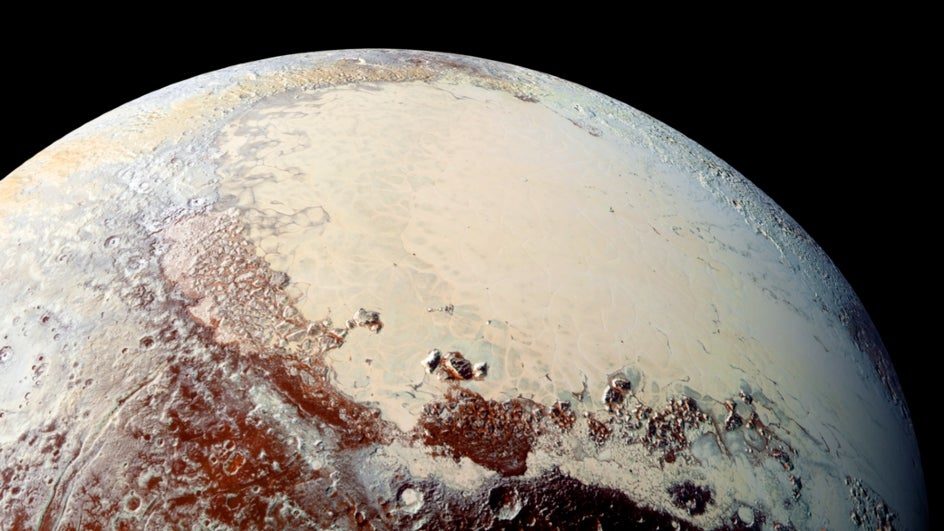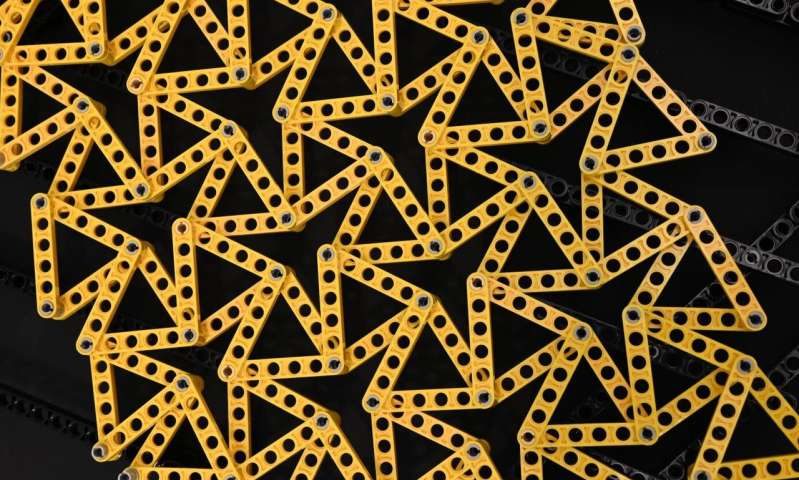OF THE
TIMES



A bit of Googling shows that the text was taken word-for-word from an old article (2008) on the New Scientist website2 (perhaps by way of intermediate copying). That was during a period when the 150th anniversary of the publication of the Origin of Species was fast approaching, and many science-y websites were doing all they could to spin whatever information they had to defend Darwin from those crazy ID people. It turns out the results they cite are interesting but quite modest.Some monkeys have a mutation in a protein called TRIM5 that results in a piece of another, defunct protein being tacked onto TRIM5. The result is a hybrid protein called TRIM5-CypA, which can protect cells from infection with retroviruses such as HIV. Here, a single mutation has resulted in a new protein with a new and potentially vital function. New protein, new function, new information.

Comment: See also: